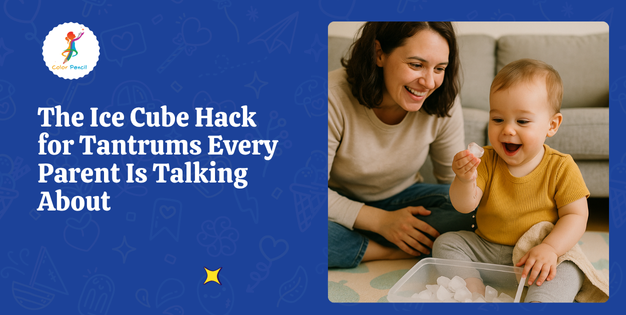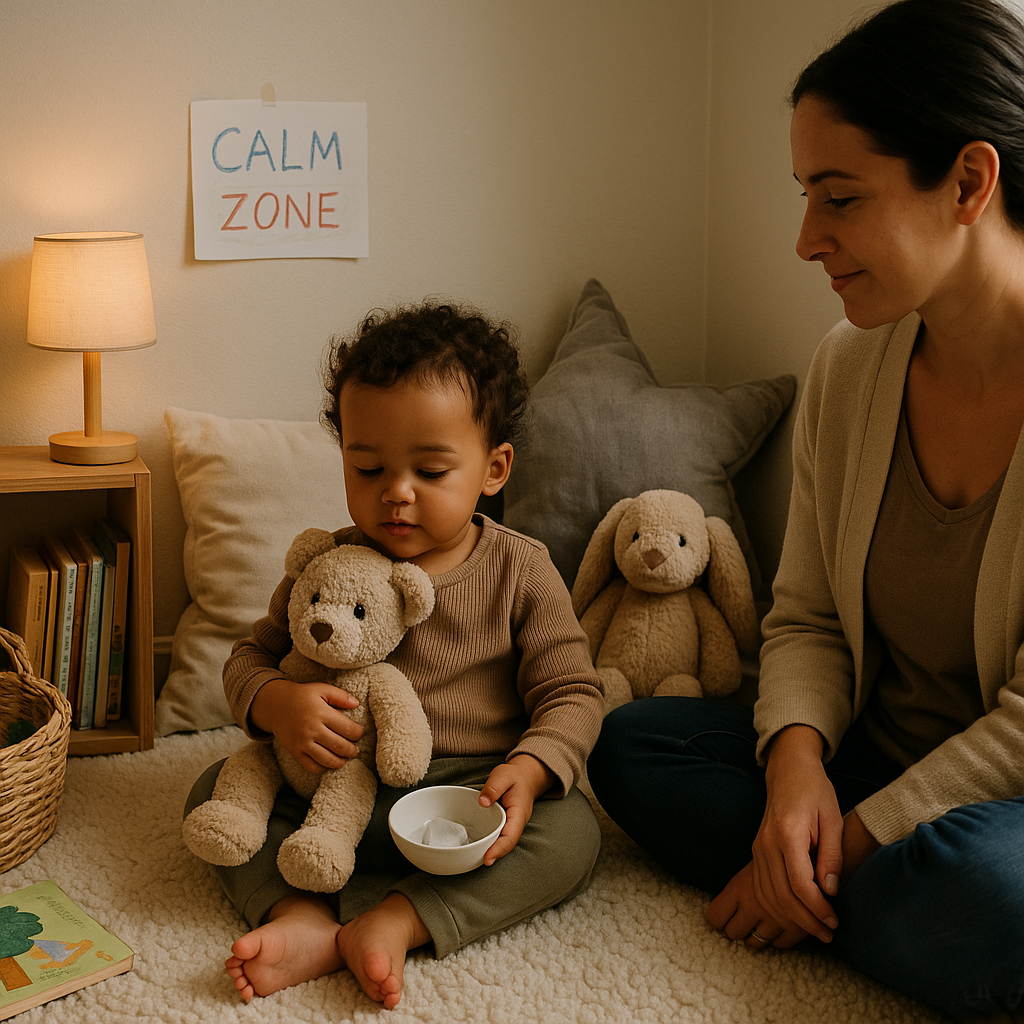
Top 10 Flashcard Combos for Holistic Toddler Learning
Did you know that up to 80% of a toddler’s brain develops in the first five years? As a parent, you’re likely eager to give

Toddler meltdowns can strike anywhere—at home, in the car, or during checkout at the grocery store. In the world of ever-evolving parenting hacks for tantrums, one simple idea has taken social media by storm: the ice cube hack for tantrums. But does this chilly trick actually help calm a crying toddler?

Let’s dive into what it is, why it’s trending, and whether it could be a valuable tool in your gentle parenting toolkit.
The ice cube hack for tantrums involves offering your upset toddler an ice cube (or small frozen item) to hold when they’re in the middle of a meltdown. It may sound too simple to be effective, but here’s the idea:
Think of it as a safe, sensory redirect—kind of like a reset button for overwhelmed little brains. When your toddler’s tantrums seem overwhelming, educational apps can offer a soothing distraction. Learn how technology can turn emotional moments into teaching opportunities.
This hack is gaining traction as part of a bigger movement: gentle parenting tips that prioritize connection and nervous system support over punishment.
Here’s why it’s resonating:
It’s a favorite among parents who are exploring parenting trends for 2025 focused on co-regulation rather than control.

While formal research on the ice cube hack is limited, it builds on principles of sensory integration therapy, which uses sensory input (touch, pressure, sound, etc.) to help kids regulate.
In moments of overwhelm, offering a cold object can help:
So no, it’s not just a TikTok trend—it taps into real calming strategies used in child development.
Here’s how to try this trick safely and effectively:
⚠️ Avoid: forcing it, using it as a bribe, or offering it while your child is still in an unsafe or escalated state. Always supervise to avoid choking or mishandling.

Every child is different. If the ice cube trick isn’t the right fit, try these alternative calming a crying toddler techniques:
The goal isn’t to “stop” the emotion—but to ride it out together.
If your toddler’s constant “no” seems to fuel tantrums, understanding the root of their defiance can help reduce meltdowns. Here’s why toddlers say no so often and how to navigate it.
Support your child’s emotional flow with calming educational content from Color Pencil TV. Try this soft-paced, curiosity-building video:
🎨 Guess the Vehicle | Fun Educational Video for Kids
Perfect for quiet time after a big emotion storm.
Don’t underestimate simple tools.
Sometimes the most effective emotional regulation tricks are low-tech and intuitive. If your child feels seen, safe, and supported—even during a tantrum—you’re doing it right. Whether it’s an ice cube, a hug, or just your presence, the key is co-regulation, not control.

Feeling Overwhelmed? Let’s Talk! Join Our Parent Forum and Get Expert Advice & Support!
It’s a sensory calming technique where a child holds an ice cube to shift focus during a meltdown.
It activates the senses, helping interrupt the tantrum pattern and support emotional regulation.
Yes, with supervision. Only use small cubes and never while your child is lying down or at risk of choking.
That’s okay! Offer other sensory alternatives like a cool washcloth or tactile toy.
Yes—calm-down corners, sensory bins, bubble breathing, and visual timers are all helpful tools.